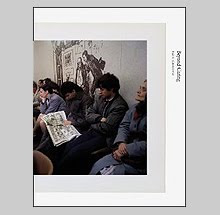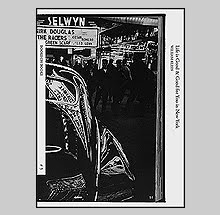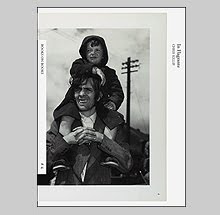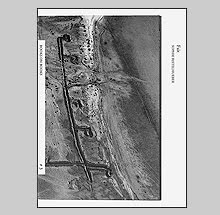Ballnachte 1934-1950 by Jakob Tuggener
From the moment technologies allowed photographs to be translated onto the printed page, artists have explored how this new medium could amplify the resonance of their work. It would be a safe bet that the idea to put together a book often comes after much of the photography is done and the project has already taken shape.
For Jakob Tuggener, the interest in handling photographs on the printed page came early -- before a majority of his pictures had been made. For Tuggener, the individual print was not a conclusion but the starting point for the arrangement and order of images to correspond with one another. This investigation led to his collecting his photographs an arranging them into albums perhaps inspired by Werner Graff's Es Kommt der Neue Fotograf! or of the image handling of the illustrated magazines of the day.
In 1934, Tuggener started to photograph society parties and balls in
From the tenor of the photographs and surely from the words above Tuggener was not out to make critical comment of the upper classes "decadence" during the years engulfed by the Second World War and its after effects of high unemployment and economic hardship. Tuggener is clearly consumed by what he sees, "Life at night is radiant, everything is its own center. This of course is the magic; everything becomes itself and vivid through its inner light."
Tuggener's fascination might have stemmed from a desire to leave behind his firmly middle class roots and be accepted by the upper echelon but there are clues in his photography that signify that those lines are not easily crossed. Any photographer by way of their being "at work" during a party is enough to signify a difference in status that might "lower" them to the level of the kitchen help or floor waiter but Tuggener also shows himself by how he photographs. As Ute Eskildsen writes in an essay on Tuggener's Ballnachte photographs, he photographs women from the back so often that this can be read as a pictorial concept. Within this concept may be the not so hidden metaphor for "the inaccessible space of the wealthy."
Tuggener made eight maquettes for his Ballnachte photographs and all are pure photobooks with no text -- "We are corrupted by illustrated magazines and by reading; we are helpless when it comes to looking at a picture without the aid of text. And thus a picture can be explained -- however not experienced -- through a text. The soul lies deeper, there where no word can penetrate. This realm is much larger than the periphery of reason."
Tuggener stopped photographing on the Ballnachte project on April 17, 1950 and none of the maquettes were ever realized into printed books. In 2005, SCALO released Jak Tuggener Ballnachte 1934-1950, a long overdue printed version of Tuggener's first maquette of the ball photographs. It follows Tuggener's word-less vision that is dense with information and expressionistic with his use of extreme croppings and sudden doses of large film grain.
The book is printed well and comes with an additional booklet laid in that contains essays by Ute Eskildsen and Martin Gasser which are informative if against Tuggener's wishes of pure visual experience.
Book Available Here (Ballnachte 1934-1950)












